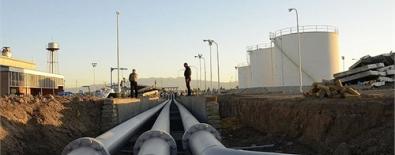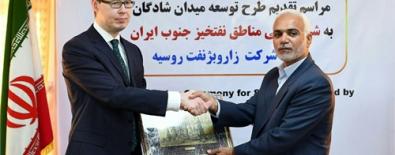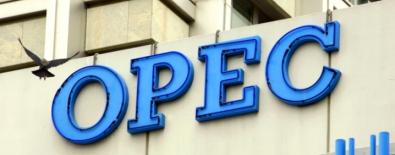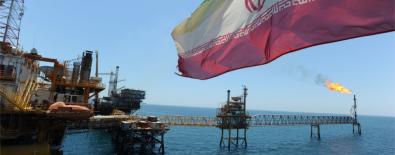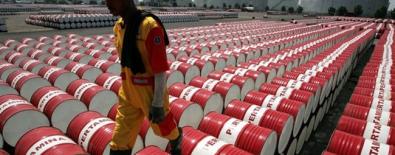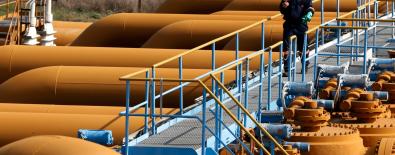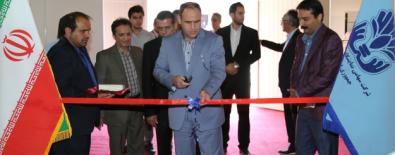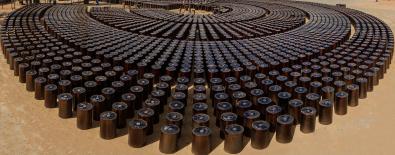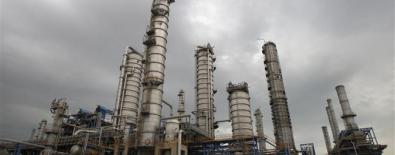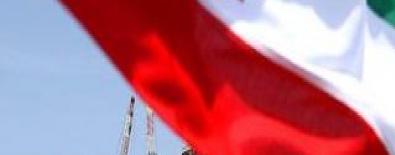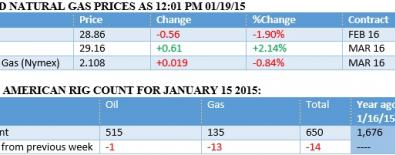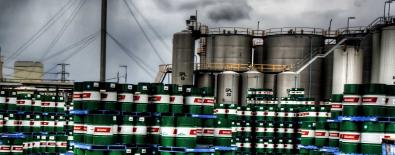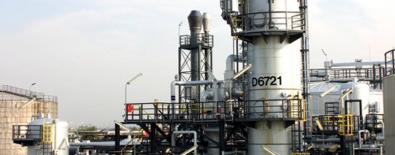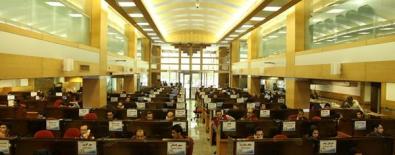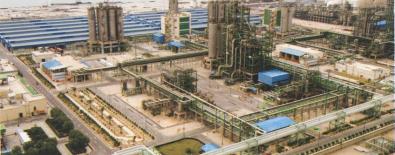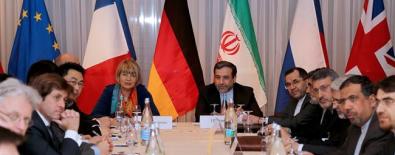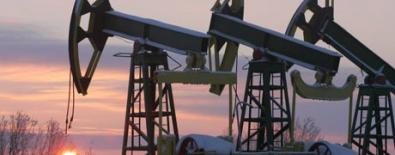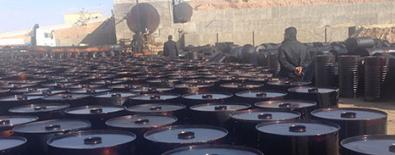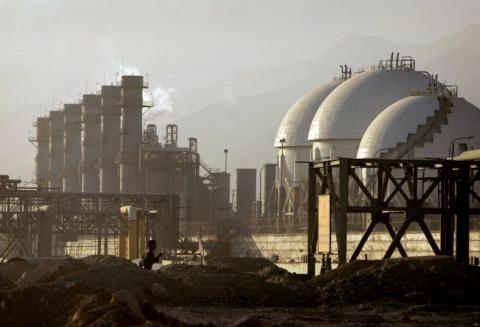
By Emad Honarparvar - OilProducts.ir
Dr. Seif, Iran's central bank Governor dismissed claimed that Iran's presidential election would trigger fluctuations in the foreign exchange market, reassuring the public that all is calm in the Iranian currency market.
With Hassan Rohan, re-elected as the new term president this claim proved to be right. Iran’s reformist President Hassan Rouhani has decisively won the country’s presidential election, fending off a challenge by principlist rival, Ebrahim Raisi a conservative cleric. With all of votes in Friday’s poll counted, Rouhani was re-elected with 57 percent.
Dr. V. Seif also commented: “In recent days, some have been trying to spread rumors in the country that after the presidential elections, foreign exchange rates would go up,”
on the other hand in the Oil market, Saudi Arabia and Russia are at odds on pretty much everything: the war in Syria, policies on Iran, ties with Washington. But when it comes to propping up global oil prices, they’ve never been more aligned. Just look at how the world’s two biggest oil producers united this month to tell markets they want to maintain output curbs for an extra nine months. Coordinated leaks and official statements from Riyadh and Moscow -- circulated even before the Saudis sit down to agree the cuts with OPEC this Thursday -- sent oil rallying more than 5 percent within days.
The economy remains the number one challenge in Iran. Rouhani, 68, signed a nuclear deal between Iran, the US and other countries in 2015. International sanctions were lifted as a result, but average Iranians say they do not feel the economic benefits in their daily lives. While oil exports have rebounded and inflation is back at single-digits, unemployment remains high, especially among the young people.
Saudi policy on Oil and Middle East geopolitics
Riyadh, in particular, sees crude policy as a tool to influence Russian diplomacy in the Middle East, where the Saudis and the Russians are supporting opposing sides in the wars raging in Syria and Yemen. In a show of cooperation, Putin and Prince Mohammed held a face-to-face meeting on the sidelines of the G-20 in September in China. Moscow, meanwhile, is seeking a role in tumultuous Middle East for the first time since the Soviet Union collapsed in 1991, often clashing with the U.S. For oil traders, the alliance has altered the playing field. After spending years hanging on every word of Middle Eastern oil officials on the sidelines of OPEC meetings in Viennese hotels, they’re now keeping closer watch of late-night comments out of the Kremlin.
The U-turn in relations comes after a decade of antagonism over energy policy, with Russia notably refusing to work with the Saudis to stabilize prices in 2008, when the price of a barrel of crude slid by more than $100 in five months.
Saudi Arabia has consistently earned more oil export revenues than any other member of OPEC, with its share in total OPEC net oil export revenues ranging between 29% and 34% since 1996. Iran’s revenue share has fluctuated, with a significant reduction evident over the 2012–15 period mainly as a result of the imposition of nuclear-related sanctions by the United States and the European Union that targeted Iran’s oil exports. These sanctions resulted in roughly 800,000 barrels per day of Iranian production being shut-in between January 2012 and December 2015. Iran was the only OPEC member country whose net oil revenues increased in 2016, when its share of total OPEC net oil export revenues increased to 8%.


